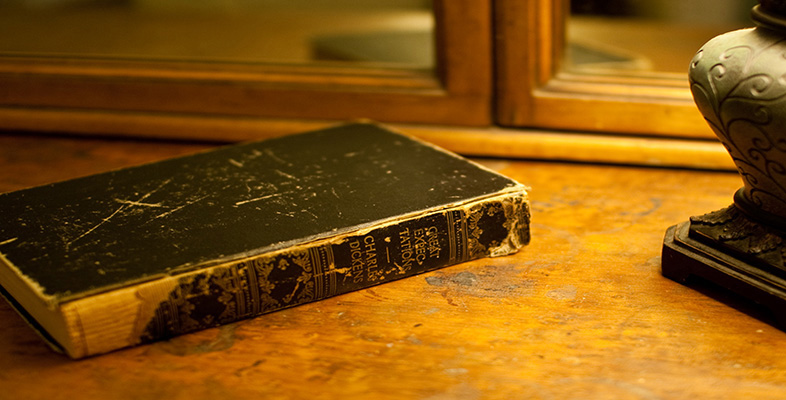Approaching literature: Reading Great Expectations
Introduction
In this coursewefocus upon a specific novel, and consider some of the different ways in which it can be read. We do this by identifying its genre, or the kind of writing it belongs to.
The novel as a kind of writing continuously involved in offering representations of the everyday, of the past and present world, is inevitably bound up with the different ways in which we have come to think about ourselves in relation to that world. Insofar as novels typically have a specific location in time and place, they are characteristically involved in the major upheavals of their societies, directly or indirectly: we are viewing the novel as a genre capable of registering in satisfyingly complex ways what we think we know about how the world we live in has come about. This goes beyond what used to be the dominant way of thinking about novels in this country —that they were basically moral, English and liberal, although of course many of the greatest novels can usefully be thought of in that way.
If a novel like Charles Dickens's Great Expectations (1860–1) may be thought of as a ‘classic’ example of the genre, then we would expect to find that the nature of its realism is more than simply a matter of the presentation of the moral growth of a single character. Depending upon how we choose to read it, it may also be about many other things, more or less apparent. In what follows, I want to suggest a range of approaches to this novel, each of which builds on its predecessor. To begin with, I consider how contemporary readers and critics viewed the novel — what sort of expectations they had — as a way of thinking about our expectations, and to question assumptions based upon the familiar, almost mythical, Dickens that we all think we know. Next, approaching the text as an ‘autobiographical’ type of novel, I look at how it takes us beyond the actuality of first person narrative — with which we so easily identify as readers — towards the realm of the gothic or ‘grotesque’. This enables me to proceed to a ‘hallucinatory reading’, derived from critics who explain the novel in terms of the fantasies of desire and revenge expressed through hidden psychic patterns linking the different characters. Finally, further questioning the idea that we should read Dickens's novel as realist in any simple sense, I take up the possibility that we should think of it as playing a part in the broader history of Britain, including its colonial history. It has been held that the mainstream realist novel did much to ‘normalise’ imperialist attitudes. I do not think things are quite so straightforward: apart from anything else, this presumes a very limited idea of the genre. Nevertheless, it takes us beyond the familiar, towards a reading that raises yet more possibilities for what we may find in the novel. My aim is to increase your sense of the genre's potential, not just to advocate any one reading, or place Great Expectations within a particular category.
Great Expectations has been published in many editions over time. In order to reference sections of the novel, we have chosen to use the 1994 edition (Oxford University Press, ed. M. Cardwell with an introduction by K. Flint). You may be reading a different version of the book, so the references will not be the same. However, they will give you an idea as to where to find the sections mentioned.
This OpenLearn course provides a sample of Level 2 study in Arts and Humanities [Tip: hold Ctrl and click a link to open it in a new tab. (Hide tip)] .
